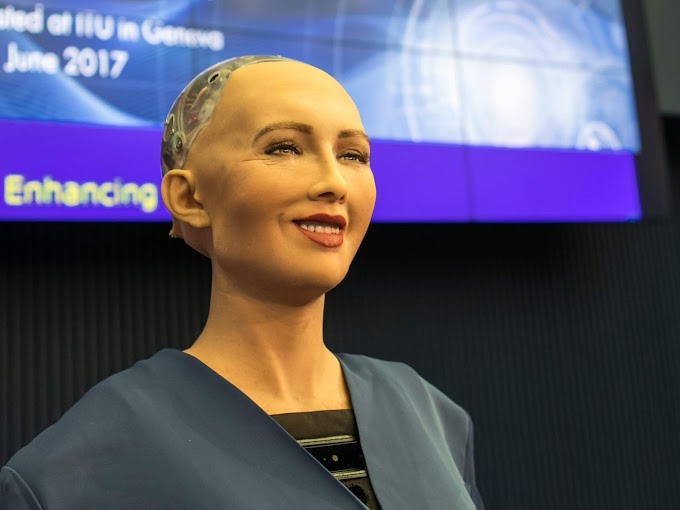We've all heard about capturing the first image of a
black hole, in this story we'll run the method used to create those images and
videos.
We will use a video reconstruction technique based on
interferometric measurements of time-varying sources .
time (FL-visualization)
Python modules for modeling and manipulating VLBI data
and imaging using regularized maximum likelihood techniques.
This package contains several basic classes for loading,
modeling, and managing VLBI data. The main classes are image, array, Obsdata,
thermal and Caltable classes provide tools for uploading images and data,
preparation of simulation data with realistic Yu-in tracks, calibration, test,
and build the data, and to produce images from data sets in different
polariazations using a variety of data terms and regularizers.
Installation
go to the main directory and run:
installing pip3 .
It should install most of the required libraries in your
PY (env) using pop3 . or PIP, to use a different version .
((astropy, ephem, future, h5py , HTML , networks, numpy,
pandas , matplotlib, the library, queries, component, skimage).
Note: You cannot use Kondo or any pkg Manager to set the
time, this version is an early release
Now study the website of the VLBI images in here .
Unified data set of real & synthetic data, over 5000
synthetic measurement sets: 14 array configurations, 96 source images , 4 noise
levels ,automatic quantitative and qualitative evaluation, online format to
easily simulate realistic data using user-defined parameters .
Create data on the VLBI Imaging website .
Select / load image .
total flux density (2.5).
Rotation (180).
Use The Data * Model .
Rotation: 0 % .
Slope: 89 degrees .
Select target location and field of view :
The requested domain can be searched through Wikipedia .
Let's try :
Center of view :
Right = 17: 45: 40: 401
Declination = 17: 45: 40: 401
Field of view size :
Right = 0.00016
Declination = 0.00016
The
Choice Of Telescopes :
Add the telescope locations and internal parameters you
want to use to model the data
Initialization: select a preloaded telescope name: a
unique name for each telescope station (up to 12 characters)East
longitude/latitude: East longitude and array center latitude. For locations
less than 180 degrees West of Greenwich, the minus sign must precede the
longitude record. X/Y / Z position: absolute x, Y, Z coordinates of each
station (in meters) relative to the center of the earth ,lower/Upper Height:
Lower and upper limits of antenna height in degrees ,SEFD: equivalent system
flow density antenna diameter: antenna diameter in meters .
Step
4: specify the date and time of data collection :
Specify the time during which you want to take
measurements and the time interval between measurements. Start time: enter the
time of your first observation in universal time (UT). The required format is
"yyyy: ddd: hh: mm: ss", where yyyy is the year, ddd is the day
number (for example, December 31 is the day 365); hh is the hour UT, mm is the
minute UT, and ss is the second UT. Scan duration: continuous scan duration in
seconds interval length: time in seconds between successive scans number of
samples: number of consecutive scans of this type .
Data
Collection Options :
Set the center frequency and surveillance channel width
in MHz.Center Frequency( MHz): 227297
Bandwidth (MHz): 4096
Specify the integration time in seconds (sometimes
referred to as" reset time”or"write length"). This is not the
total duration of your observation, but rather the sampling and recording
interval of the data. Integration time (seconds): 60 .
What kinds of noise can we add?
Simulation Without Atmospheric Phase Errors .
And now we generally generate our data and download .
What does the downloaded zip file provide ?
The original image in FITS format and PNG = ArryInfo
Graphs to help you understand data = Data
Data in multiple formats = graphics
Information for data playback = Sgraimage.seizures
What are these data formats ? :
The main data format we have chosen to use is OIFITS.
OIFITS is a data exchange standard for optical (visible/IR) interferometry
based on the FITS standard. With MM and sub-mm pulsar radiation sharing great
similarities with optical interferometry, this format is best suited for mm and
sub-mm measurements than UVFITS.
Table of file formats here .
Now you can try to create a photo from your data . just
change the path to your data and image source example.py in the same folder .










0 Comments